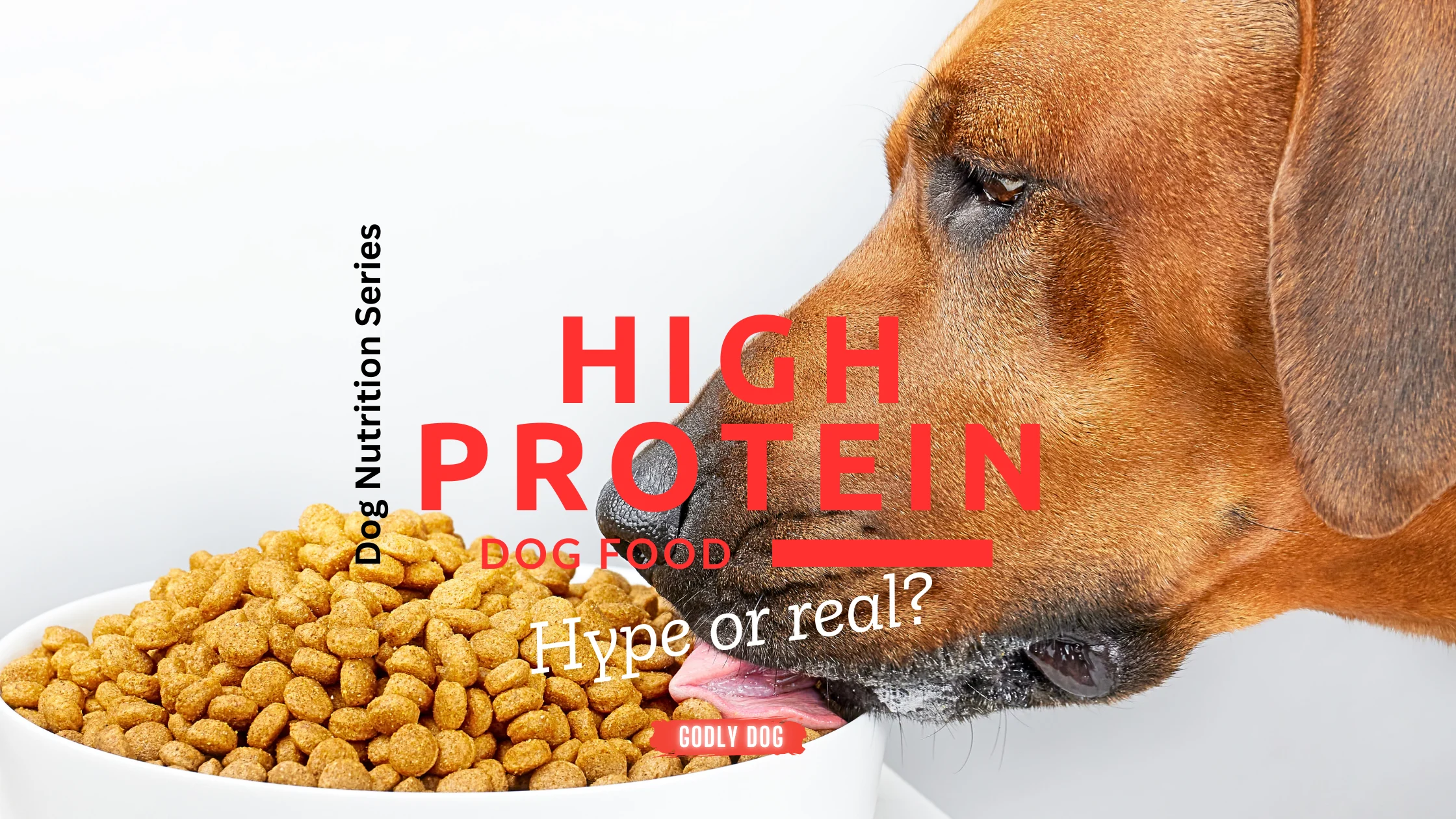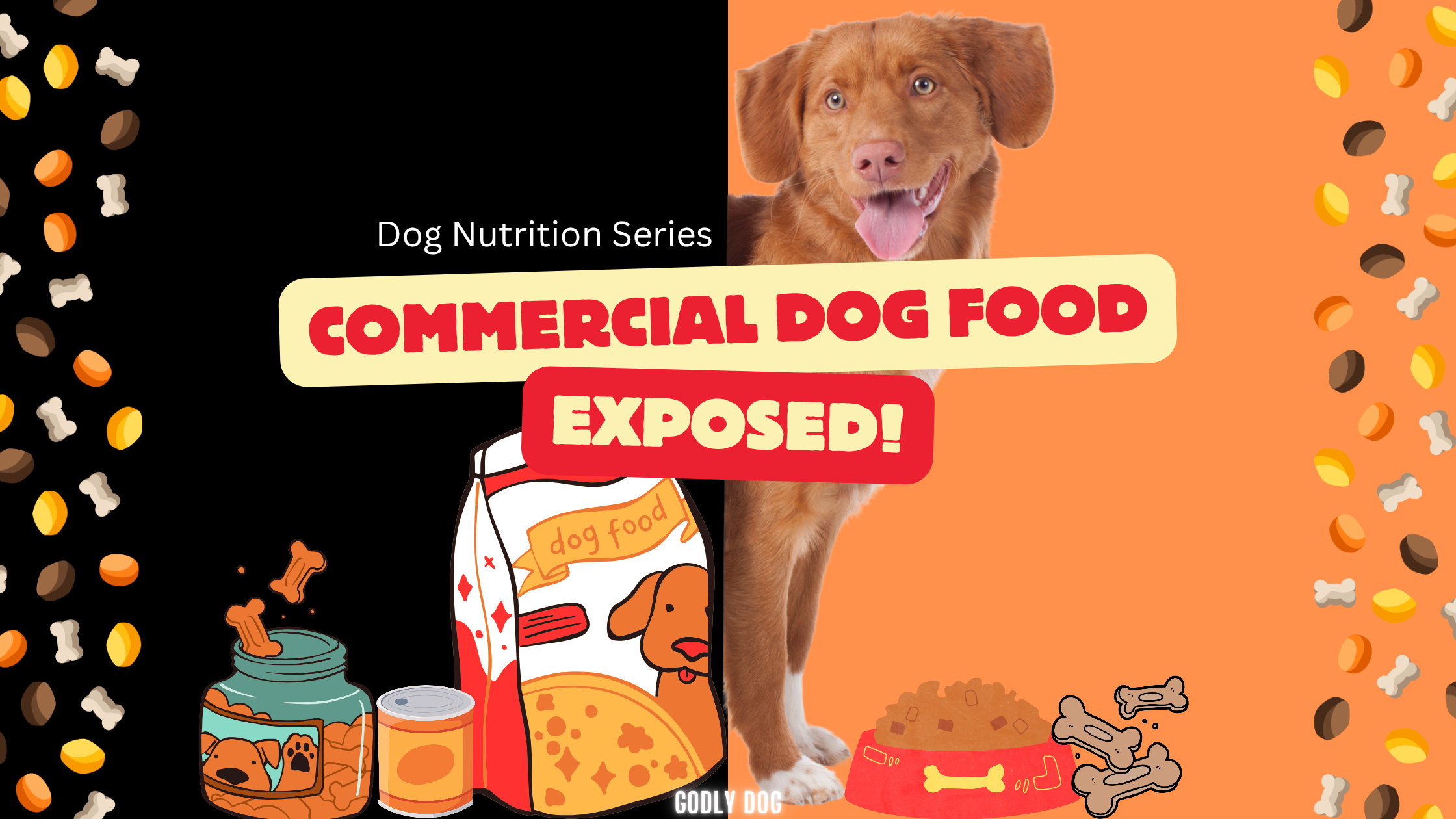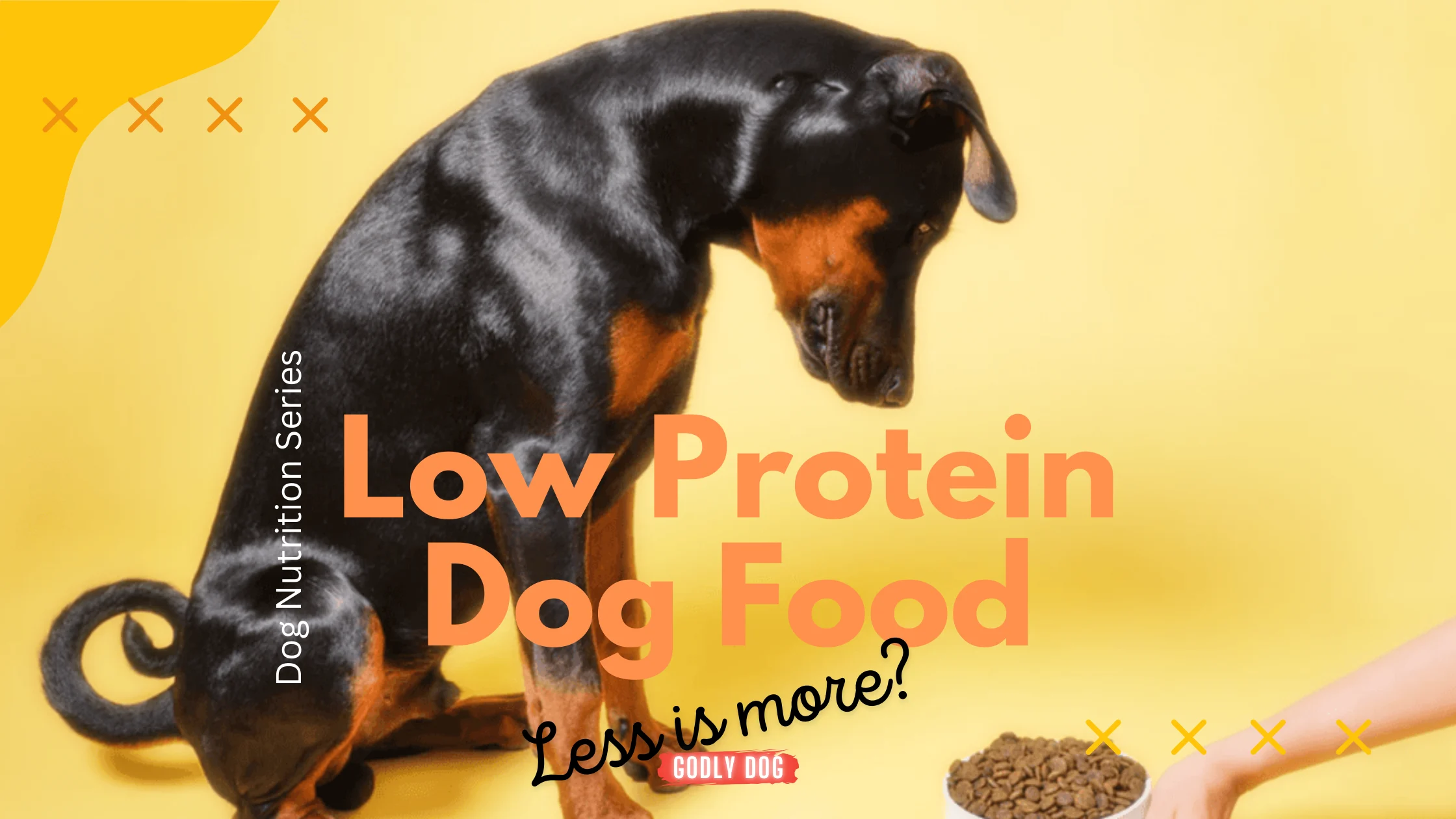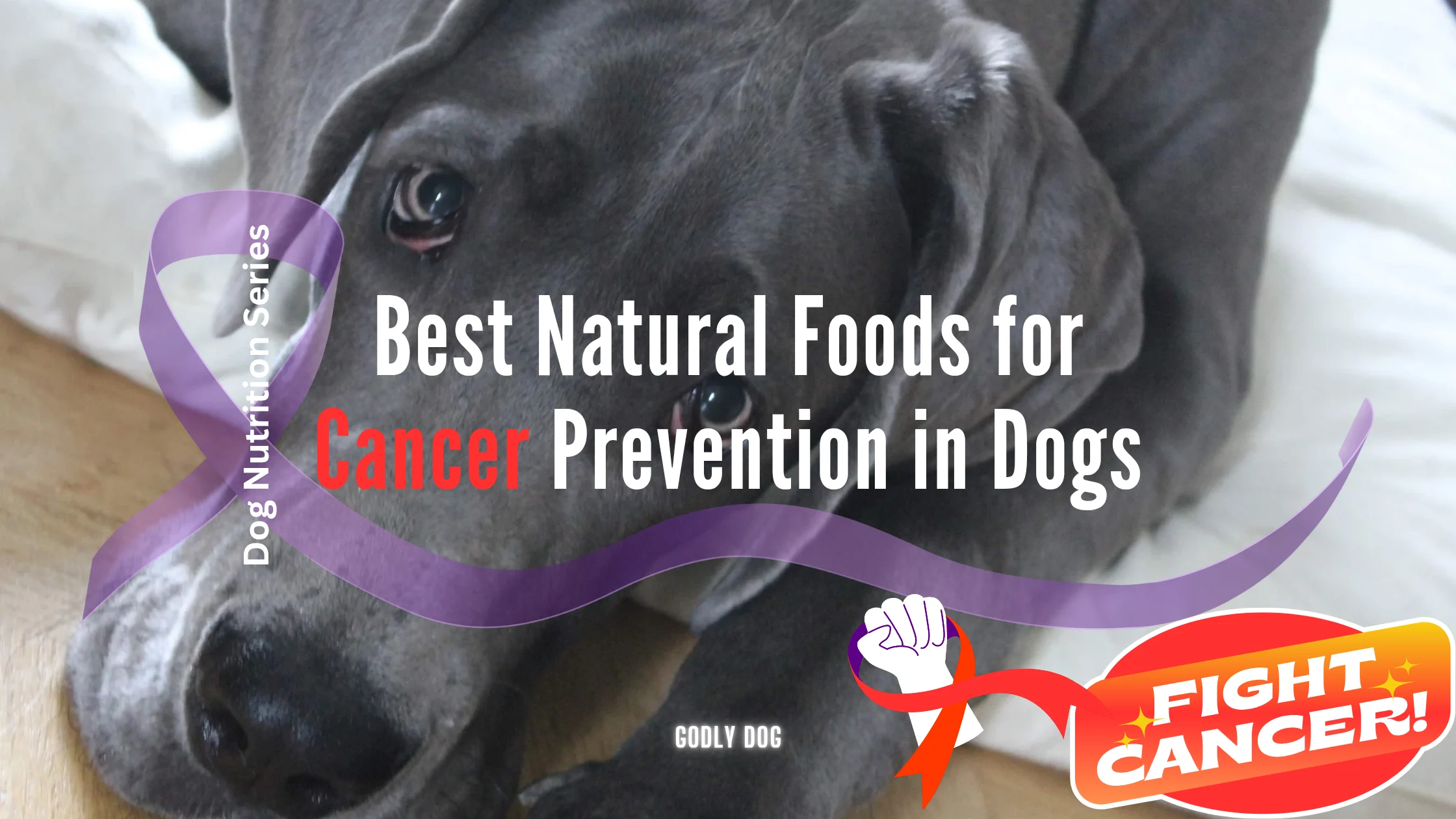High-Protein Dog Food: Does Your Pup Really Need It?

The Hype Around High-Protein Dog Food
Ever heard someone say, “Dogs are basically wolves, so they need a meat-packed, high-protein diet”? Sounds convincing, right? Except, your dog is probably more interested in stealing your sandwich than hunting in the wild.
High-protein dog food is all the rage, marketed as the ultimate way to keep your pup strong, lean, and full of energy. But does your dog really need it, or is this just another pet food trend designed to make us spend more?
In this guide, we’ll cut through the fluff (but not the protein) and dive into the real benefits, risks, and how to choose the best high-protein dog food—because feeding your dog should be based on facts, not fads.
What is High-Protein Dog Food?
Let’s start with the basics—what exactly qualifies as high-protein dog food? It’s not just any kibble with a fancy label screaming “Protein-Packed!” In general, dog food with over 30% protein (on a dry matter basis) falls into this category.
But here’s where it gets tricky: not all protein is created equal. Some brands use high-quality animal proteins like chicken, beef, fish, or eggs, while others sneak in plant-based fillers like peas, lentils, and soy to bump up the protein content. Spoiler alert: your dog absorbs animal protein much better than plant protein.
High-Protein Dog Food vs. Regular Dog Food
- ● Regular dog food: Typically contains 18-26% protein, balanced with fats and carbs.
- ● High-protein dog food: Usually has 30%+ protein, with fewer carbs and more focus on meat-based ingredients.
Myth: “Dogs Need as Much Protein as Wolves!”
Yes, dogs and wolves share DNA, but let’s be real—your pup has evolved far beyond the days of hunting in packs. Unlike their wild cousins, dogs have adapted to digesting some carbs and grains. While protein is crucial, feeding them like they’re still in the Stone Age isn’t always necessary.
So, should your dog be on a high-protein diet? We’re getting there—next up, the real benefits (and potential downsides) of all that extra protein.
Benefits of High-Protein Dog Food
If protein had a fan club, dogs would be the founding members. It’s the building block of muscles, organs, skin, and fur, making it one of the most important nutrients in your dog’s diet. But what exactly does a high-protein diet do for your pup?
1. Muscle Maintenance & Growth
Just like in humans, protein helps dogs build and maintain muscle mass. This is especially important for:
✔ Active breeds (think Huskies, German Shepherds, and Border Collies)
✔ Working dogs (police dogs, herding dogs, agility competitors)
✔ Recovering dogs (injuries, surgeries, or illness recovery)
More protein = stronger muscles and faster recovery after exercise.
2. Energy Boost for Active Dogs
Dogs that run, jump, and zoom around like they have a turbo mode need fuel—and protein provides long-lasting energy. If your dog spends more time napping than moving though, a high-protein diet might just lead to extra pounds instead of extra energy.
3. Better Weight Management
Protein keeps dogs fuller for longer, reducing unnecessary snacking (aka fewer sad puppy eyes when you’re eating). If your dog needs to shed a few pounds, switching to high-protein dog food with fewer carbs can help with weight loss while maintaining muscle mass.
4. Healthy Skin & a Shiny Coat
A dull, flaky coat? Protein might be the missing piece. The amino acids in protein help build stronger hair follicles, leading to a glossier coat and healthier skin. Bonus: It can reduce excessive shedding, which means fewer fur tumbleweeds rolling across your floor.
5. Stronger Immune System
Proteins support cell regeneration and repair, which is essential for your dog’s immune system. A well-fed dog with the right protein balance is less likely to get sick and can bounce back faster if they do.
Sounds great, right? But hold on—before you start pouring a mountain of protein into your pup’s bowl, let’s talk about the potential risks and downsides. Because yes, too much of a good thing can be bad.
Risks & Downsides of a High-Protein Diet
High-protein dog food sounds like the holy grail of canine nutrition—until you realize not every dog needs it. Just like humans shouldn’t eat steak for every meal (tempting, but no), some dogs thrive on a balanced diet with moderate protein rather than an all-meat extravaganza.
1. Not All Dogs Need a High-Protein Diet
- ● Senior dogs: Older dogs may not metabolize protein as efficiently and often need a more balanced mix of protein, fats, and carbs.
- ● Low-activity dogs: If your dog spends more time snoozing than sprinting, excess protein won’t magically turn them into an athlete—it may just turn into extra body fat.
- ● Certain health conditions: Dogs with liver or kidney disease may need controlled protein intake, as excess protein can put extra strain on these organs.
2. The Kidney Damage Myth: Fact or Fiction?
You may have heard that too much protein can harm a dog’s kidneys. Here’s the deal:
- ● Healthy dogs can handle a high-protein diet just fine—no kidney damage, no problem.
- ● Dogs with pre-existing kidney disease may struggle to process excess protein, so always check with a vet before making big dietary changes.
3. Digestive Issues & Excess Waste
More protein means more nitrogen, which means… well, stronger-smelling poop. Some dogs may also experience loose stools or stomach discomfort if they’re not used to high-protein food. (Your nose will know.)
4. Quality Over Quantity Matters
Like I said not all high-protein dog foods are created equal. Some brands bulk up the protein content with low-quality fillers like pea protein, soy, and by-products, which don’t provide the same nutritional benefits as real meat.
Moral of the story? A high-protein diet isn’t automatically good or bad—it depends on your dog’s specific needs and the quality of the food you choose. Speaking of which… let’s talk about how to pick the best one (should your pup really need one)!
How to Choose the Best High-Protein Dog Food

So, you’re convinced that a high-protein diet might be a good fit for your pup. But with countless brands slapping “high-protein” on their labels, how do you pick the best one?
Here’s what to look for (and what to avoid) when choosing high-protein dog food:
1. Real Meat Should Be the First Ingredient
The first ingredient on the label should be a named animal protein—think chicken, beef, turkey, lamb, or fish. Avoid vague terms like “meat meal” or “animal by-products”, which can mean anything from mystery meat to questionable leftovers.
✔ Good: “Deboned Chicken,” “Salmon,” “Beef”
❌ Bad: “Meat Meal,” “Animal By-Product,” “Poultry Meal”
2. Check the Protein Source
Not all protein is created equal. Some brands inflate protein numbers by using pea protein, potato protein, or soy instead of actual meat. While plant proteins aren’t harmful, they lack essential amino acids that dogs need from animal sources.
✔ Good: Whole meats, organ meats, fish, eggs
❌ Bad: Excessive pea protein, lentils, soy protein isolate
3. Balance Matters – It’s Not Just About Protein
More protein doesn’t mean better nutrition. Your dog also needs healthy fats and digestible carbs for energy, brain function, and overall health. A diet that’s too high in protein and too low in fat or fiber can cause digestive issues and nutrient imbalances.
✔ Good: Balanced mix of protein, healthy fats, and fiber
❌ Bad: 50%+ protein with little to no fat or carbs
4. Avoid Low-Quality Fillers & Artificial Additives
Some dog food brands use corn, wheat, soy, or artificial preservatives to cut costs while boosting protein content. These ingredients can lead to allergies, digestive problems, and unnecessary weight gain.
✔ Good: Natural preservatives (like vitamin E & C), whole ingredients
❌ Bad: Artificial flavors, colors, preservatives (BHA, BHT, ethoxyquin)
5. Consider Your Dog’s Unique Needs
- ● Puppies need a high-protein diet for growth, but it should be formulated for their age.
- ● Active & working dogs need more protein to fuel their energy levels.
- ● Senior dogs may need moderate protein with joint-supporting nutrients like glucosamine.
- ● Dogs with kidney or liver issues may need a vet-recommended protein level.
Bottom line: Don’t fall for the “high-protein” label alone. Check the ingredients, source of protein, and overall balance to ensure your dog is getting a nutritionally complete meal!
High-Protein Dog Food FAQs
Still got questions? You’re not alone! Here are some of the most common questions dog parents have about high-protein diets—answered.
1. Is high-protein dog food good for all dogs?
Not necessarily. Active dogs, working breeds, and puppies benefit from extra protein, but senior dogs, low-energy breeds, or dogs with kidney/liver issues may need a more balanced diet.
2. Can too much protein make my dog hyper?
Nope! Protein doesn’t cause hyperactivity—that’s a myth. However, excess protein that isn’t used for energy can turn into fat, leading to weight gain.
3. Will a high-protein diet make my dog more muscular?
Only if your dog exercises regularly. More protein supports muscle growth, but without activity, it won’t magically turn your dog into a bodybuilder.
4. Can high-protein dog food cause kidney problems?
For healthy dogs, no. But if your dog has pre-existing kidney disease, too much protein can make their kidneys work harder. Always check with your vet before switching diets.
5. How can I tell if my dog is getting too much protein?
Signs of excess protein include:
- ● Weight gain (if not balanced with exercise)
- ● Digestive issues (loose stools, gas)
- ● Stronger-smelling urine or poop
If you notice these, it might be time to adjust the diet or switch to a more balanced formula, or why not just feed them fresh, natural, homemade foods?

Srijana, founder of Godly Dog, brings 12+ years of experience caring for dogs, including her 6 fur kids: a Labrador, 2 Spitz, and 3 Indie rescues. She has studied natural dog nutrition and behavior to better understand and care for them. A passionate advocate for strays and a dedicated volunteer, she believes dogs embody godliness, inspiring unconditional love and selflessness. Through Godly Dog, she shares practical advice to ensure every dog gets the love, care, and respect they deserve.



